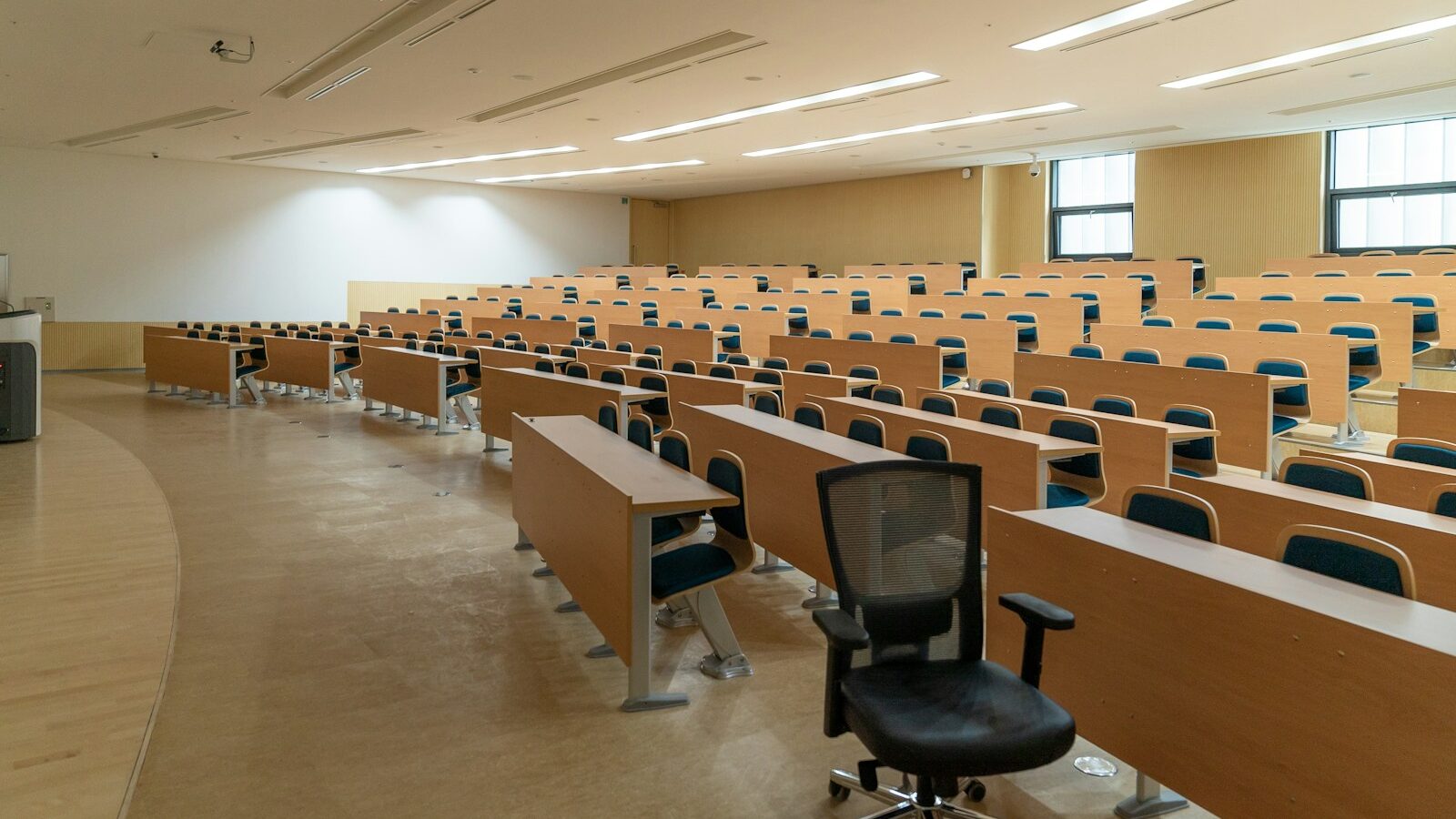In this article, I want to share my thoughts about remote and hybrid-working: where we are today, how we got here, and what the future may look like. To do so, I will use an adapted version of the ‘Hype Cycle’.

As it became clear just how deadly the global pandemic was (and is) much of the world turned to social distancing as an early line of defence to limit the spread of the coronavirus. One strand of this strategy was to encourage as many organisations as possible to send their workers home. The result was a wholesale shift to working from home, aka ‘remote working’.
Whilst remote working has existed for decades (I can remember 20 years ago working for an enlightened company that paid for a dedicated ISDN line in my home so that I had the ability to do so), for the vast majority of businesses and employees, it remained the exception, rather than the rule. The ‘dial in’ delegate was the strange disembodied voice struggling to keep up in predominantly in-person meetings.
That’s not the case now, and whilst many employers cannot offer remote working (e.g. construction), for many businesses that situation is reversed – it is face-to-face meetings that are now the exception.
Over the last few months, I have been in the fortunate position to talk with many senior leaders about their experience of remote working and hear their thoughts about the future. In doing so, it occurred to me that their experience fitted a profile reminiscent of the Gartner Hype Cycle. The hype cycle is normally used to illustrate the progression or adoption of technical innovations, but I think it can be adapted to my purposes.
In my view, remote (or hybrid-working) is progressing through four distinct phases, following the initial trigger event…
The trigger – the start of widescale lockdown.
The cycle starts with the trigger event – the sending home of a large proportion of the workforce and closure of many businesses. In the UK, this was in mid-March 2020 and it caught many organisations and businesses unprepared. We are now in the 3rd wave of lockdowns.
Of course, not all businesses were affected equally – some had to remain open because they fulfilled vital roles (such as retail grocery, healthcare, etc.), others were already operating a model that encompassed remote working – but for the rest, it presented huge and immediate challenges.
Phase 1 – Novelty
Initially, the non-economic challenges were technical (how to connect remote workers to systems that were optimised for office environments) and procedural (i.e. how to orchestrate processes and operating models that were often dependent upon paper) or ensure compliance with regulation. During the ‘novelty’ phase, Herculean efforts were made to overcome the technical and procedural challenges. The employee experience was almost secondary.
Leaving aside the very real economic and financial concerns of employees suddenly finding themselves furloughed or at home, for many this was a novel and even pleasant experience; no daily commute, more time for leisure or to be with families, etc.
As time went on and employees completed the move to online, it even looked hopeful – perhaps working from home would become the ‘new normal’. This was the peak of expectation – the hope that something new and amazing would emerge – a new ‘world of work’.
But cracks were beginning to appear…
Phase 2 – Reality
As lockdown dragged on, the human impact of long term home working began to become apparent. Many employees found themselves working long hours with technologies and processes that were not ideal for their style of working: for example, laptops instead of dual-screen workstations, patchy Wi-Fi instead of high speed networks. It was also physically exhausting.
Often the home environment was not suited as a workplace either – no proper desk, or children to who needed attending to. Worst of all, where we lived became where we worked too and ‘work life balance’ lost all meaning.
The worst affected where those who lived alone, and the young. For these groups, they had previously ‘lived at work’ – many of their friendships were with colleagues and team members, much of their social lives revolved around the workplace. For years, employers had worked hard to build a culture that thrived in the workplace environment, it was never meant for a physically distanced workforce.
The psychological toll was even worse than the physical toll. By June, I was hearing from many business leaders that ’employee wellbeing’ was becoming a significant concern. The worry, the long hours, and the loneliness were translating into staff burnout or falling productivity. Many leaders and managers, brought up on ‘management by walking around’ or tending informal networks – exploiting the moments of serendipity resulting from ad-hoc corridor chats, found themselves ill-equipped to manage a remote workforce.
At the same time, demands from leaders were increasing – constant reforecasting and updates to planning, adapting to real-time shifts in markets, overcoming lower productivity, etc. and doing all this with real pressure on budgets. It is no wonder then I believe this is the low point of the unplanned remote working experience – the ‘trough of disillusionment’.
Since the first lockdown, organisations had been living off the cultural capital of the office worksplace but that capital is just about exhausted and needed to be replaced.
Phase 3 – Adjustment
Nonetheless, having reached this nadir, creative, highly motivated teams began to get a handle on how to make remote working a practical reality. Particularly as it became apparent that the need for remote working is going to be around for some time yet.
Meanwhile, people got better at using collaborative technologies for remote meetings and whilst there have been many, often humorous, examples of the failures, we started to learn the new online etiquette. We also became forgiving of each other’s foibles – we laughed when kids or pets interrupted the meeting, or about the slightly untidy room in the background. We appreciated that we are all in this together.
Leaders also began to find ways to replace informal meetings by making time for purely social ‘check in’ calls, or facilitating peer-to-peer meeting spaces where colleagues could take a break from the endless video conferences. It may have seemed slightly forced at first and not all of what was attempted worked, but progress was made.
This is where I believe we are now – we are figuring it out. There is a lot still to do, we need to construct a framework for the future that works for all the stakeholders and enables society, organisations and individuals to be more resilient.
Phase 4 – the ‘New Normality’
There can be little doubt that remote working in some form is here to stay: a large proportion of employees are happy to continue working from home (even demanding it), businesses are re-thinking the role of the office – do they really need that expensive city-centre location? If so, what purpose will it serve?
That said, many employees are itching to get back to office – even if only on a part-time basis. For these people, ‘going to the office’ will be something to look forward to, a chance to meet with friends, take part in collaborative efforts where the creativity that often comes from personal interaction is reborn.
That the ‘new normal’ will not be for many a return to the ‘old normal’ is beyond doubt – too many irrevocable changes have already taken place. Also, let us not forget that the pandemic continues to rage – we need new strategies, not just tactics and reactions to address the ongoing challenges.
Nonetheless, I am now cautiously optimistic – there is a light at the end of the pandemic tunnel, and a new world of work is beginning to emerge. It is up to us to make that reality the best it can be. To borrow the political catchphrase, now is the time to ‘build back better’.
What can you do?
If you have read this article and want to discuss what strategies you are considering, or want to share your experience and insights, I ask you to leave a comment below.
If you want to hear about some of the practical experiences I have encountered (without my breaching any confidences), I am always open for a (virtual) coffee and a chat. I am particularly interested in enabling group creativity whilst remote working (it can be done).
From the ashes of the pandemic, we have an opportunity to reimagine our future – it is up to us to seize the opportunity.




